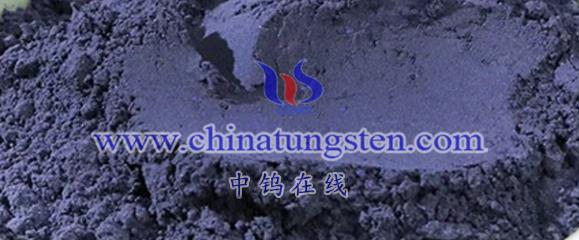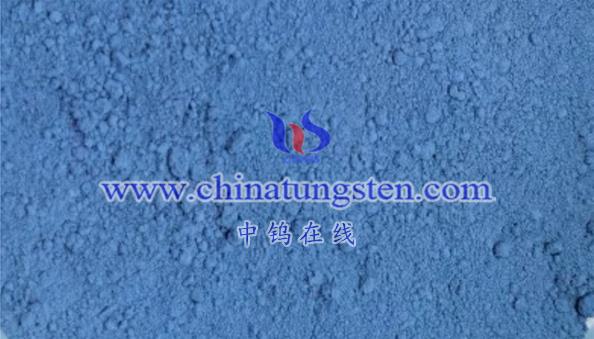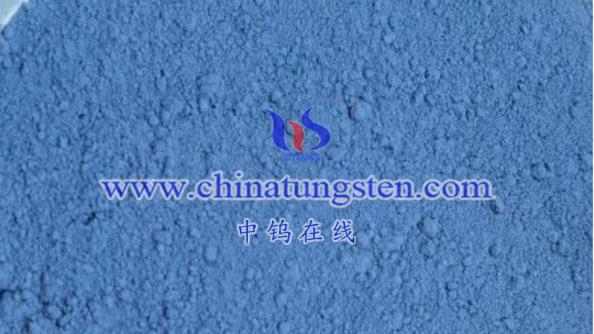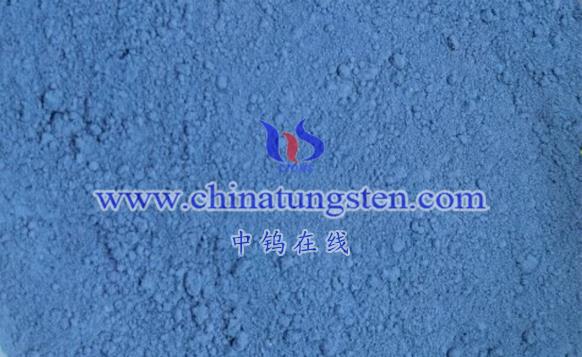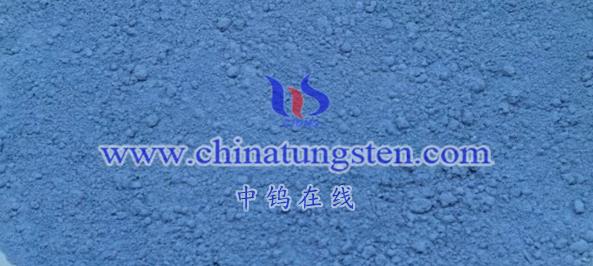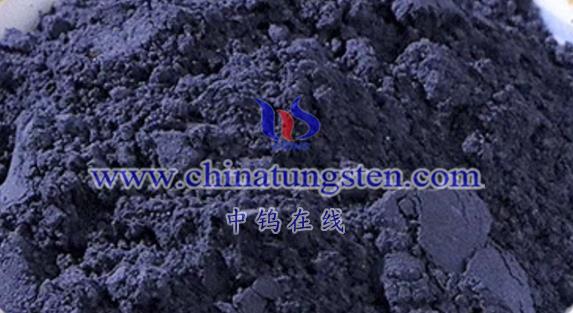
Although the applications of lithium tungsten bronze (LixWO3) in the medical field are still limited and mainly in the research stage, its unique physical and chemical properties show significant potential for various medical uses. Below are some of the potential applications of lithium tungsten bronze in medicine:
- Photothermal and Photodynamic Therapy
Lithium tungsten bronze exhibits excellent near-infrared light absorption and photothermal conversion efficiency. These properties make it a promising candidate for photothermal therapy (PTT) and photodynamic therapy (PDT), both of which are used in cancer treatment. By controlling the size, morphology, and surface modification of lithium tungsten bronze nanoparticles, they can be effectively accumulated in tumor tissues for targeted treatment. Under near-infrared light irradiation, these nanoparticles can generate local heat and produce photogenerated free radicals, inducing apoptosis or necrosis of tumor cells and achieving tumor treatment.
- Bioimaging and Monitoring
Lithium tungsten bronze nanoparticles also possess a high atomic number and excellent photoacoustic imaging properties. This makes them promising for bioimaging and visualization during tumor treatment. By integrating with imaging technologies, lithium tungsten bronze nanoparticles could be used to monitor changes in tumor tissue in real-time, providing important data for adjusting treatment plans.
- Drug Delivery and Controlled Release Systems
Lithium tungsten bronze materials can also be used as drug carriers. By surface-modifying and loading drugs, they can achieve targeted drug delivery and controlled release. This drug delivery system can trigger the release of drugs based on the environmental characteristics of tumor tissues (such as pH value, redox potential, etc.), enhancing the therapeutic effect and reducing side effects.
- Antibacterial and Sterilization
Under visible light, lithium tungsten bronze has the ability to decompose harmful chemicals and exhibit bactericidal properties, making it potentially useful for antibacterial and sterilization purposes in medical devices. By creating lithium tungsten bronze coatings or thin films, medical instruments can gain antibacterial properties, helping to reduce the risk of cross-infections.
- Other Potential Applications
Additionally, lithium tungsten bronze could have applications in other medical areas, such as tissue engineering and regenerative medicine. However, these applications are still in the research phase and need further experimental validation and clinical evaluation.
Challenges and Limitations
Despite its potential, the use of lithium tungsten bronze in medicine faces several challenges and limitations. Issues such as ensuring the material’s safety and stability within the body, optimizing its properties to meet specific medical needs, and addressing potential toxicity concerns all require further research.
Conclusion
Although lithium tungsten bronze shows promise in various medical applications, significant research is needed to overcome these challenges. Ongoing studies should focus on ensuring its safety, enhancing its performance, and optimizing the material for clinical use. With continued research, lithium tungsten bronze could become a valuable material in advanced medical therapies, including cancer treatment, drug delivery, and infection control.
More details of tungsten oxide product, please visit website: tungsten-oxide.com
Please contact CHINATUNGSTEN for inquiry and order of tungsten oxide:
Email: sales@chinatungsten.com
Tel.: 86 592 5129595
